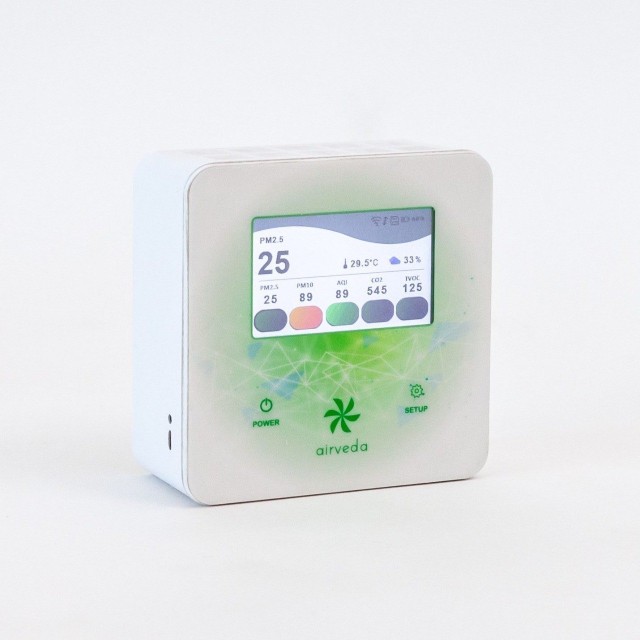
Air Quality Monitoring System

An Air Quality Monitoring System is a setup to measure the concentration of pollutants and other atmospheric parameters in real time (or near-real time), to assess how clean or polluted the air is. These systems are used for:
- Regulatory compliance (meeting environmental, health & safety norms)
- Public health / warnings (e.g. for asthma, respiratory risks)
- Research, policy making, environmental management
- Indoor air quality (homes, offices, schools) and outdoor/ambient air (cities, industrial zones)
Modern systems offer a lot more than basic pollutant measurement. Key features often include:
-
Multiple parameters monitoring — ability to measure many pollutants and meteorological factors in one unit/systems.
-
Continuous / automatic monitoring — automatically measuring all the time (24×7) rather than only occasional manual sampling.
-
High spatial resolution — many more sensors deployed across a city (street-level) for mapping pollution variation.
-
Real-time data access & public dashboards — data published live for authorities / public to view.
-
Flexible communication modes — WiFi, cellular (GSM/3G/4G), LAN, satellite etc.
-
Modular / scalable design — easily add more sensors, swap out parts, scale up to many stations.
-
Robustness — able to withstand harsh environmental conditions, dust, rain, heat, cold etc. Enclosures with IP ratings.
-
Regulatory compliance & standards — many are built to meet national / international air quality standards, for example India’s CPCB norms, ambient air quality standards.